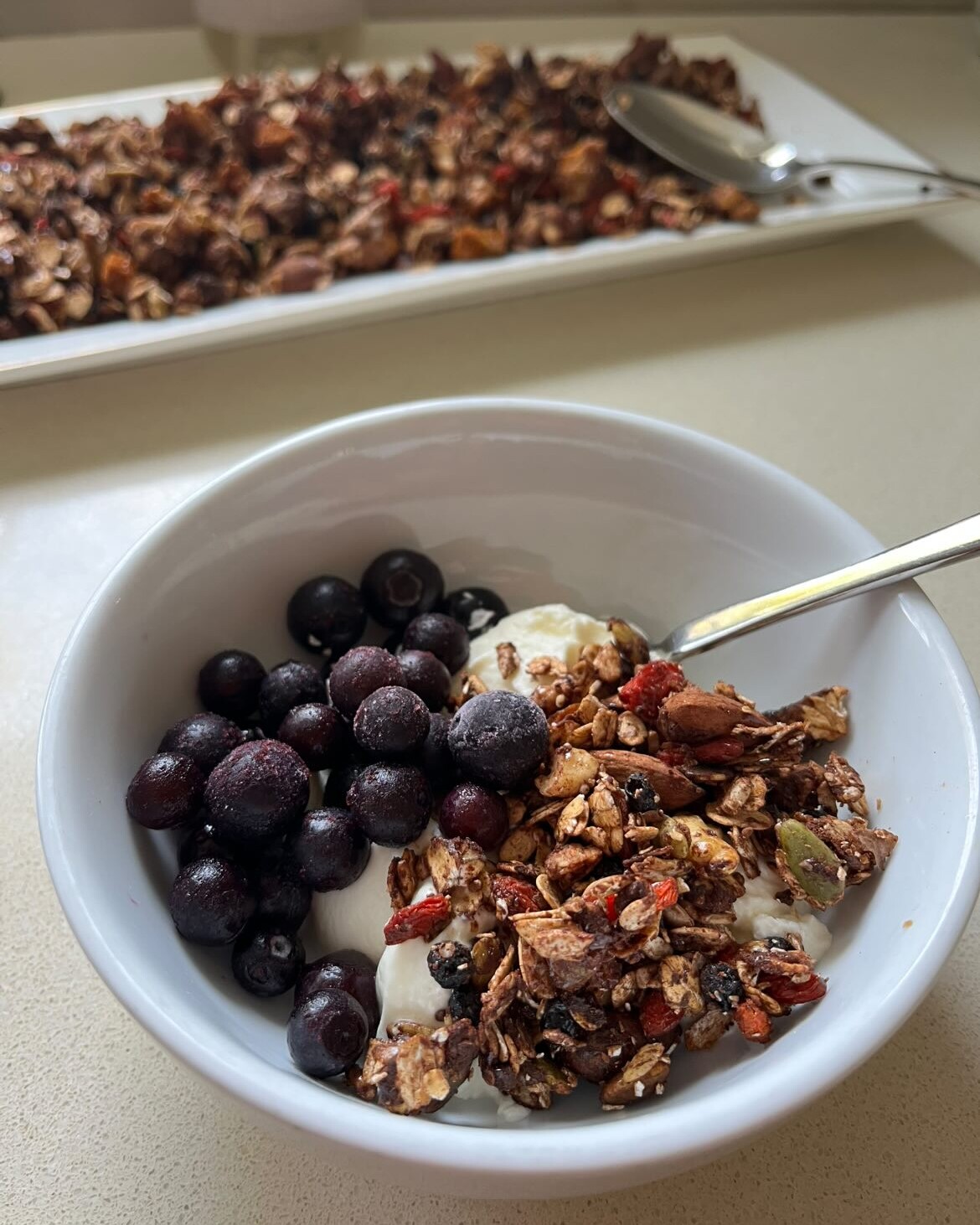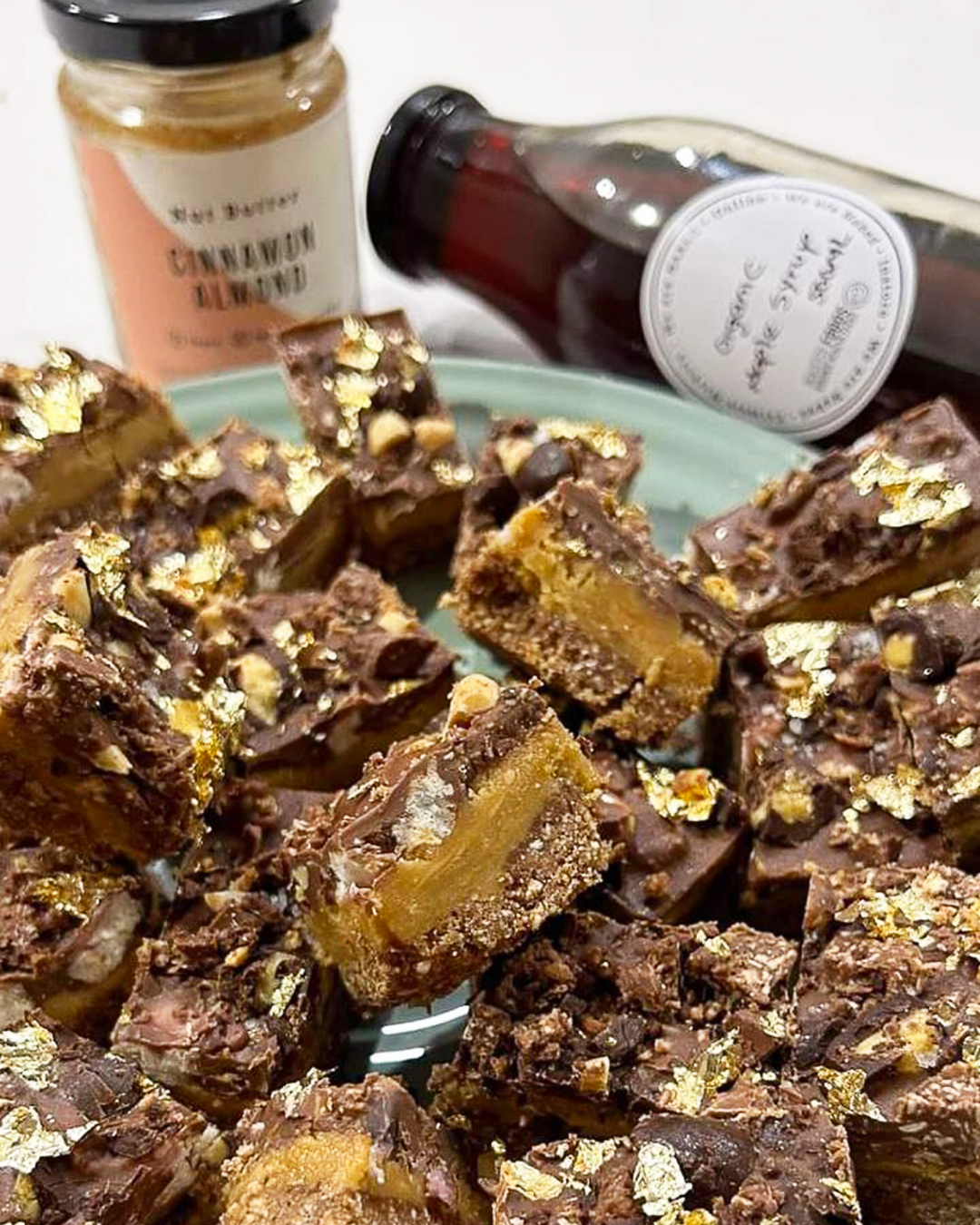Protein is an essential nutrient in every cell of the body, used for the construction and repair of body tissues including muscle, hair, nails, skin, cartilage, blood, and so on.
There are a multitude of protein sources out there, so let’s break them down into three of the most popular categories of protein supplement.
Protein Powders Debunked: Which Ones Are Best For You and Why?
Whey Protein
Whey protein reigns supreme when it comes to protein supplementation. Originating from milk, whey is an animal-based protein with an extremely high concentration of protein per gram, with a smooth and creamy texture. It is absorbed quickly by the body, has a low lactose content, and contains all nine essential amino acids (the building blocks for protein), therefore labeling it a ‘complete protein’.
Despite owning the title of ‘king’ in the supplement world, whey protein has also been known to be highly allergenic, not as a result of the lactose or casein present, but due rather to the types of protein that make up the majority of the substance.
Nonetheless, studies show that some of the best results in protein synthesis (creation), and muscle repair and recovery result from the use of whey protein when consumed in smaller quantities throughout the day.1

Try This: No-Bake Choc Protein Quinoa Slice
Ingredients
- ¼ cup coconut oil*
- ¼ cup honey or maple syrup*
- 1 scoop NF chocolate whey protein powder*
- 1/3 cup cacao powder*
- ½ cup nut/seed butter*
- ½ cup cooked quinoa*
- ½ cup quick cook oats*
- ½ cup shredded coconut*
- ½ ripe banana, mashed
- Pinch pink Himalayan rock salt*
*available at Naked Foods
Directions
- Line a loaf tin with baking paper
- In a small saucepan, melt coconut oil, honey, cacao powder over medium heat. Whisking until well combined
- Add nut/seed butter of choice, and stir until smooth
- Remove saucepan from heat, stir in mashed banana until smooth. Fold in quinoa, protein powder, oats, and shredded coconut until well combined
- Transfer mix to prepared pan, and freeze for 6 hours
- For best consistency, store in airtight container in freezer. They can also be kept in the fridge, but they will be much softer.
Pea Protein
Ideal for vegetarians and vegans, pea protein is plant-based, and is the natural protein concentrate of yellow peas. Pea protein, unlike whey, does not contain all nine essential amino acids, however, it is gluten-free, of low-allergenicity, and is not genetically modified.2. With its mellow nutty taste, it blends nicely into smoothies and or when mixed in water.

Try This: Vanilla Almond Protein Smoothie
Ingredients
- 1 frozen banana
- 1 scoop NF vanilla pea protein*
- 1 tbsp NF cacao powder*
- 1 tbsp slivered almonds*
- 1 handful of ice
- 5 cups water
*available at Naked Foods
Directions
- Blend all ingredients in a high-speed blender, and enjoy!
Brown Rice Protein
As the name suggests, this protein is derived from brown rice, and is formed through a process of using enzymes to break down and separate the protein from the fibre and carbohydrates in rice to form a subtle, slightly sweet flavoured powder. Since enzymes are used in the separation process, the natural qualities of the amino acids are maintained, producing a is 80-90% pure, hypoallergenic, and easily digestible protein.
Within the first four hours following ingestion, the body will digest roughly 85% of brown rice protein, however, its bioavailability is reduced due to the lower levels of the amino acid ‘lysine’, more readily found in Pea Protein. It is for this reason that a combination of both Pea and Brown Rice Proteins, when taken in conjunction, improving both the absorbability of each protein, and the balance of amino acids the body is receiving.

Choose Your Own Adventure
At the end of the day, the most important thing is not the protein source you use, but how your body reacts to it. Providing your body with what it needs, and the nutrients it best thrives off is always going to lead to you living your healthiest life possible!
About The Author: Stephanie Harris
Steph has fed her passion for fitness, food, and photography for the past 5 years in the health industry. She is a qualified personal trainer and a Health Sciences graduate – in her spare time you can find her working out, developing new recipes or writing for her blog, Feeding Energy!
@feedingenergy
References and Useful Resources
- Hoffman, J. and Falvo, M., 2004. Protein – which is best? Journal of Sports Science Medicine, 3(3). https://www.ncbi.nlm.nih.gov/pubmed/24482589
- Lam, A., Karaca, A., Tyler, R. and Nickerson, M. 2016. Pea protein isolates: structure, extraction and functionality. Food Reviews International, 34(2). https://www.tandfonline.com/doi/abs/10.1080/87559129.2016.1242135?scroll=top&needAccess=true&journalCode=lfri20
- https://www.nutribodyprotein.com/protein-types.php










